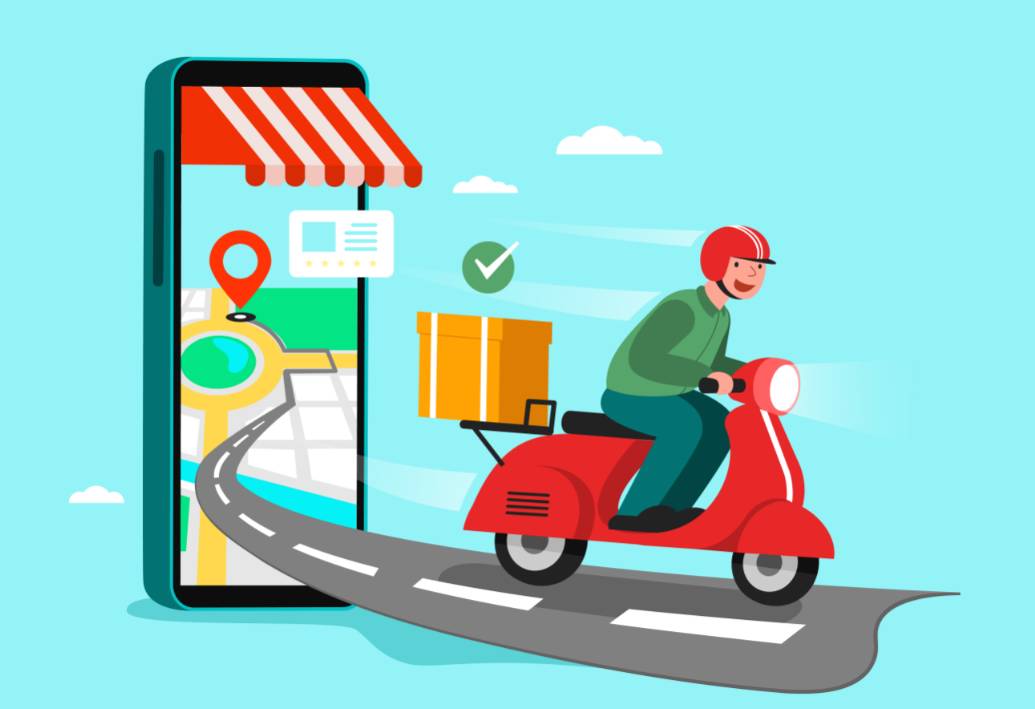Any business that relies on delivery services but also wants to cut down on greenhouse gas emissions must focus on optimizing its last-mile delivery. Providing goods to customers’ final destinations is the most time-consuming and costly aspect of the whole distribution process.
Route4Me sustainability has transformed the modern companies that combine their operations instantly to lift their green game and quickly decrease emissions. At the same time, helping consumers and other businesses minimize their carbon footprint.
Several online businesses have explored a variety of delivery logistics optimization approaches, including increasing the last-mile network to enhance the delivery experience and adding additional drivers, partners, and part-time contractors.
Building a more extensive network, on the other hand, is time-consuming, costly, and requires a significant initial investment, as well as recurring fixed expenditures.
Last-mile delivery may be made more efficient by using the following five techniques:
Crowdsourcing Delivery Drivers
Walmart established a crowdsourced delivery network called Spark Delivery in 2018 that allows independent drivers to pick orders from Walmart stores or warehouses and deliver them straight to consumers.
This arrangement has obvious financial advantages. Freelancers are less expensive than in-house employees when it comes to delivery since they don’t have the exact overhead costs like payroll taxes, insurance, and benefits.
Directly hiring drivers in high-density customer markets may be feasible for large international mega-corporations like Walmart. Still, for the vast majority of enterprises, an intermediate platform like Postmates, Shipt, Instacart, Uber, and others is the preferred distribution method.
This economic model is unsustainable in the long term, yet customer demands for same-day, self-service delivery are soaring. Some of the most unprofitable last-mile fulfillment firms globally have been fueled by investors.
If you hire an independent driver, you’ll save a lot of money by providing your vehicle and taking care of the maintenance yourself.
As another advantage of crowdsourcing, you may dynamically adjust your service without raising your fixed expenses. When business is brisk, you can easily add more drivers and reduce their hours as needed. Flexing routes or flex regions are other names for this strategy.
Optimize Last-Minute Delivery with Software for Route Optimization
Last-mile delivery is more difficult if you’re still using pen and paper to plan your routes. To design the best routes, you must consider various factors, such as traffic congestion in densely populated regions, road closures due to construction, and more. In addition, each consumer has a limited window of availability.
After all the time and work you put into creating a route, it will still not be as efficient as it might be, even if you use route planning software. You may make a mistake that causes your driver to get lost, resulting in long delays and dissatisfied clients.
You require a last-mile delivery optimization program for this reason. Using software like this, you’ll save money on average last-mile delivery expenses like gasoline and labor.
Just 30 seconds is all it takes to design a route with Route4Me’s route planner. This gives you more time for other chores. To discover more about how route scheduling software may improve the efficiency of last-mile deliveries, check out our article on the subject.
Use GPS Tracking Software with a Route Planner
There’s a chance that some people on your team have unhealthy behaviors that you’re unaware of. As a result of the extra time and gasoline used in the last mile, your final delivery prices will be higher. Your clients will be even more enraged, of course.
Using GPS tracking software, you can see where everyone on your team is. You’ll know for sure that your drivers are doing what you want them to at all times in this manner.
Commercial GPS trackers can let you know quickly if there’s an emergency, such as an accident or a vehicle breakdown during delivery. You’ll be able to respond quickly and prevent more damage by resolving such problems as soon as they arise.
You can also use Route4Me’s trucking GPS software to assist you in adjusting your routes to guarantee that another driver closer to the impacted customers can still deliver the goods on time.
Make Use of a Customer Delivery Tracking Portal
The introduction of additional transparency into the delivery process is an indirect but significant approach to reducing delivery costs. In the event of a delay in delivering goods, customers are eager to get updates from their service providers. Keep them in the dark, and they may back out of the deal.
Just one mistake may lead them to choose one of your rivals instead. This is one of the critical reasons Uber and Amazon have been so disruptive.
Using Route4Me’s multi-stop route planner, you can prevent this from occurring. Clients may check incoming delivery statuses on their own.
Using tracking information or their account ID, customers can quickly go into Route4Me and check the progress of their deliveries. It’s also possible to tell your customers about the status of their deliveries using the Route4Me route optimizer’s customer alerting and notification tool.
It is up to you how often customers get notifications. Your long-term delivery success rate will increase as a result.
Setup or Increase the Number of Dark Stores
According to the previous Capgemini report, 25% of firms utilize dark storefronts for same-day delivery. These companies have saved an average of 23% on shipping expenses by using this strategy.
Dark shops are retail outposts with store-like designs used as transit hubs for internet purchases. High delivery volumes may be handled by these establishments and handy pick-up points for clients. Last-mile delivery will be a thing of the past.
There are options like dark shops that eliminate the last-mile shipping expense. Profit margins may rise by 70% if you double the number of dark shop deliveries while keeping costs the same.
According to a Forbes report, gloomy establishments will dominate post-pandemic retail. Learn why click and collect is becoming the new standard for delivery.




